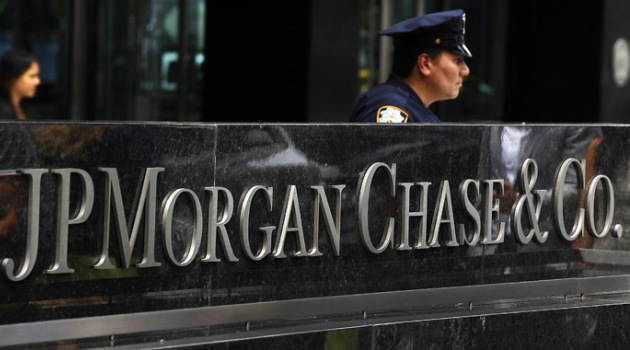
JP Morgan Chase, one of the largest banking institutions in the United States, has initiated lawsuits against customers who allegedly exploited a glitch in the banking system to withdraw substantial amounts of money illegally from its ATMs. This phenomenon, dubbed the “infinite money glitch” on TikTok, involved users writing large checks to themselves, depositing them, and subsequently withdrawing the funds before the checks could bounce.
The lawsuits target two individuals and two businesses, with legal actions filed in courts located in Houston, Miami, and Los Angeles. JP Morgan Chase is demanding the return of the funds withdrawn, along with interest, any overdraft fees incurred, and compensation for legal expenses and other costs sustained by the bank.
In court filings, the bank emphasized its commitment to combating fraud and protecting both its interests and those of its customers. “Chase takes its responsibility to combat fraud seriously,” the bank stated. “Part of that responsibility is to hold people accountable when they commit fraud against Chase and its customers. Simply put, engaging in bank fraud is a crime.”
Details from the lawsuits highlight alarming examples of the fraudulent activities. In one instance, a court filing reveals that on August 29, a masked individual deposited a check for $335,000 into a Chase bank account linked to one of the defendants. Following the deposit, the defendant proceeded to withdraw substantial amounts of cash. Ultimately, the check was flagged as counterfeit, leaving the defendant with an outstanding balance of over $290,000 owed to the bank.
Collectively, the four lawsuits filed by JP Morgan Chase cite losses exceeding $660,000 attributable to the defendants. Typically, U.S. banks restrict customers to withdrawing only a fraction of a check’s value before it clears, designed to prevent such fraudulent activities.
Last month, the Wall Street Journal reported that JP Morgan Chase acted swiftly to close the loophole shortly after numerous videos detailing the glitch circulated widely on social media. The bank is also actively investigating thousands of potential cheque fraud cases linked to this issue.
The viral nature of this glitch on platforms like TikTok has raised concerns about the ease with which individuals can exploit banking systems, especially when such information spreads rapidly across social media. The phenomenon has not only put JP Morgan Chase in a difficult position but also highlights the broader implications of technological vulnerabilities in modern banking.
As digital banking becomes increasingly common, incidents like this serve as a stark reminder of the importance of robust security measures. Banks are continuously working to improve their systems to protect against fraud while also ensuring customers can access their funds safely.
JP Morgan Chase’s legal actions reflect a growing trend among financial institutions to take a firm stance against fraudulent activities. By pursuing legal recourse, the bank aims to deter similar behaviors in the future and reinforce the message that fraud will not be tolerated.
The outcome of these lawsuits could set a precedent for how banks address similar situations in the future. As customers become more aware of potential loopholes, financial institutions may need to adapt their policies and procedures to minimize risk.
Moreover, the impact of social media on banking practices cannot be understated. As seen in this case, the rapid dissemination of information can lead to widespread misuse of banking systems, prompting banks to react quickly to mitigate potential losses.
While social media can be a platform for sharing helpful information, it can also be a breeding ground for risky behavior, as individuals seek shortcuts to financial gain. As JP Morgan Chase continues its legal battle, the case serves as a cautionary tale for both consumers and banks alike, emphasizing the necessity for vigilance in the face of evolving threats in the digital age.
In conclusion, JP Morgan Chase’s response to the cheque fraud incidents underscores the ongoing challenges financial institutions face in protecting themselves and their customers from fraudulent activities. As the bank navigates these lawsuits, the situation may lead to enhanced security measures and more stringent policies to safeguard against similar exploitation in the future.







